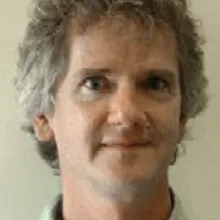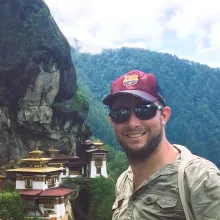
Palaeoenvironments
The Palaeoenvironments Group specialise in environmental reconstruction on times scales that range from thousands to millions of years.
About
The Palaeoenvironments Group is a collection of research scientists that specialise in environmental reconstruction on times scales that range from thousands to millions of years for both marine and terrestrial environments. These reconstructions extend the record of climate behaviour and variability beyond those observed in the modern, and provide insights on processes (e.g., the response of ice-sheets) that act on longer timescales.
We investigate cave precipitates, lake sediments, corals and reef sediments, marine sediments and ice cores to construct records of past environmental change. These records are invaluable for providing context for recent environmental change, as well as providing crucial data for ground-truthing climate models.
Currently projects include past changes in sea level, ocean temperature and carbonate chemistry, Antarctic climate, and Australian dust. We use a diverse range of proxies and have we have an array of (in house) cutting edge laboratories in which to make the measurements.
Facilities
State of the art micropaleontological laboratory and microfossil collection from The Australian region.
The Black Mountain Palaeomagnetic laboratory is equipped with a 2G superconducting rock magnetometer, a Quantum Design MPMS for magnetic mineral identification, a Princeton Measurements Corporation Vibrating Sample Magnetometer, and a suite of other instruments for palaeo- and rock magnetic measurements.
The Palaeoenvironment Stable Isotope Laboratory at RSES has a number of mass spectrometer facilities dedicated to particular types of analyses for δ13C and δ18O of carbonate samples, and δD, δ18O and δ17Oexcess of waters.
The ANU Research School of Earth Sciences operates a cutting-edge X-ray Fluorescence (XRF) scanning facility, capable of non-destructive elemental analysis from magnesium to uranium on a variety of samples including sediment cores and rocks.

















